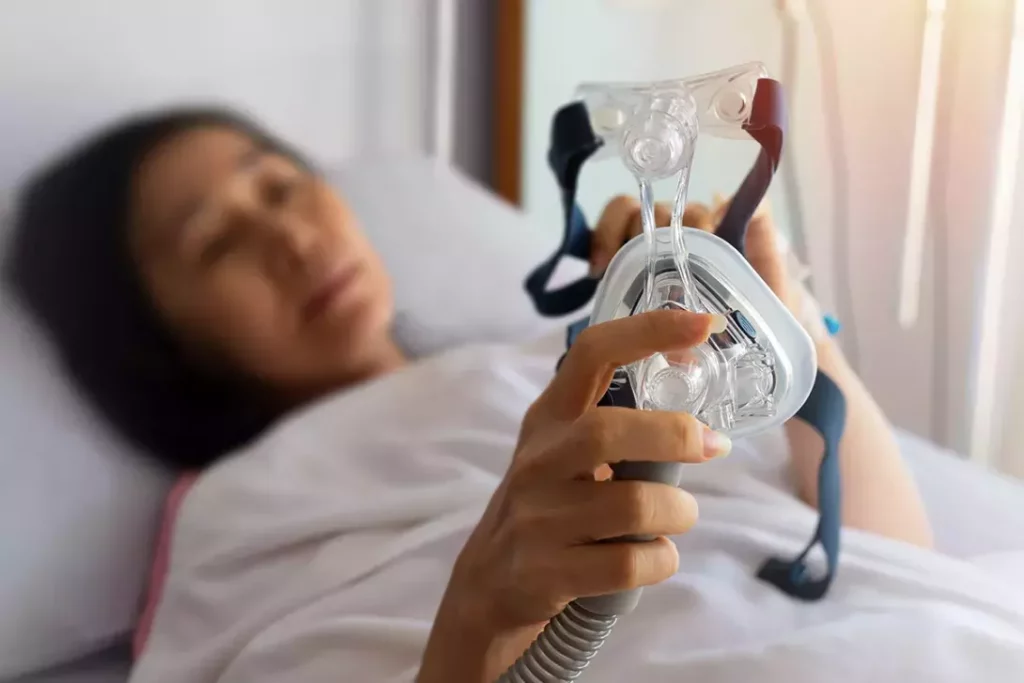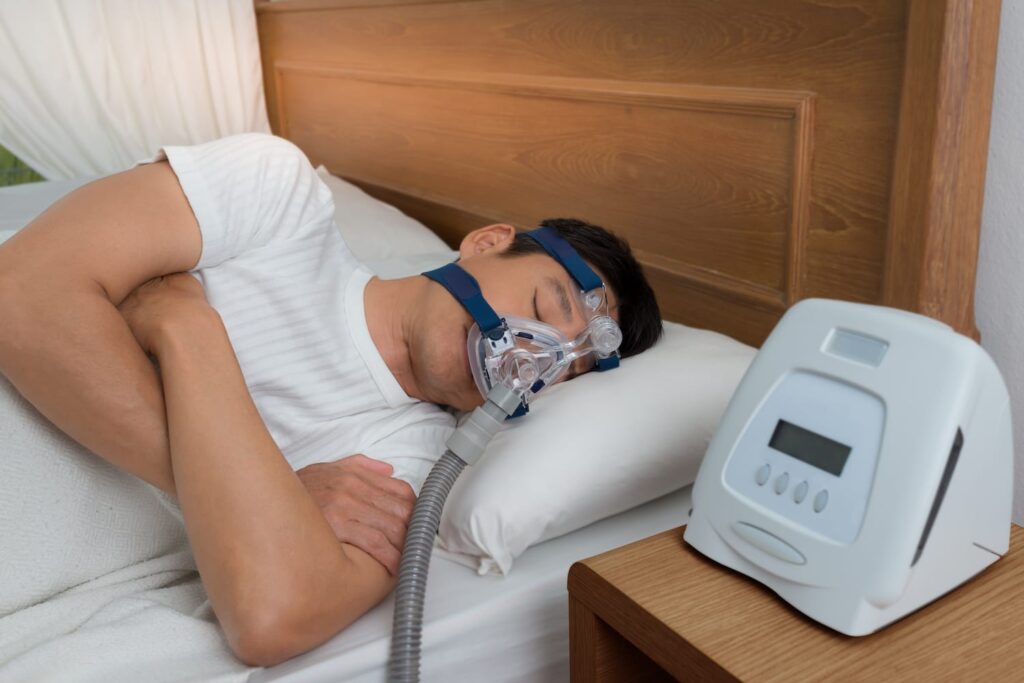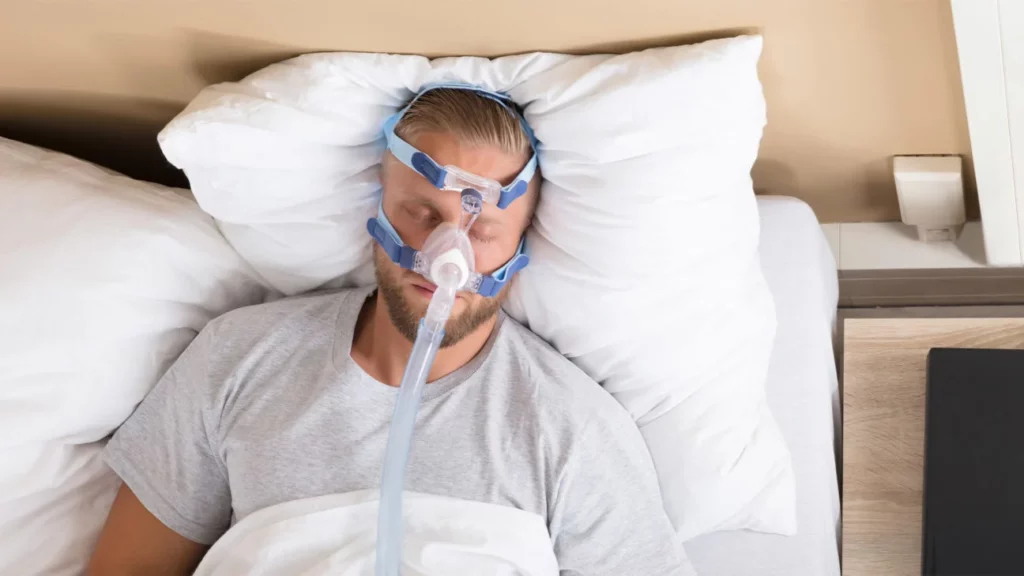Continuous Positive Airway Pressure (CPAP) machines are essential for individuals suffering from obstructive sleep apnoea (OSA). These devices help maintain an open airway during sleep, ensuring a restful night and improving overall health. In Australia, understanding the regulations and recommendations surrounding CPAP machines is crucial for both patients and healthcare providers. This guide aims to provide comprehensive insights into the regulatory landscape and best practices for CPAP usage in Australia.
Understanding CPAP Machines
CPAP machines deliver a steady stream of air through a mask, keeping the airways open and preventing interruptions in breathing during sleep. They are considered the gold standard treatment for obstructive sleep apnoea and can significantly enhance the quality of life for users. Many individuals who suffer from sleep apnoea experience excessive daytime sleepiness, difficulty concentrating, and a host of other health issues, including cardiovascular problems. By using a CPAP machine, users often report not only improved sleep quality but also increased energy levels and better overall health.
CPAP machines Australia are vital for managing obstructive sleep apnoea and improving overall health. Understanding the regulations and recommendations in Australia is essential for users and healthcare providers alike. By adhering to the guidelines set forth by the TGA, maintaining the equipment, and utilising available health insurance options, individuals can ensure they receive the best possible care.

Components of a CPAP Machine
A typical CPAP machine consists of several key components:
- Motor: Generates airflow.
- Hose: Connects the motor to the mask.
- Mask: Worn over the nose or mouth to deliver air.
- Humidifier: Optional component that adds moisture to the air, enhancing comfort.
Each component plays a vital role in ensuring the effectiveness of the therapy. Proper maintenance and regular cleaning of these parts are essential for optimal performance and hygiene. For instance, the mask should be washed daily to prevent the build-up of bacteria, while the hose should be checked for any leaks or blockages that could disrupt airflow. Users are also encouraged to replace components periodically, as wear and tear can affect the machine’s efficiency and their overall treatment experience.
Click here to read about cpap mask cleaning.
Types of CPAP Machines
There are several types of CPAP machines available in Australia, each designed to cater to different needs:
- Standard CPAP: Provides a continuous flow of air at a set pressure.
- Auto-CPAP: Adjusts the pressure automatically based on the user’s needs throughout the night.
- Bilevel Positive Airway Pressure (BiPAP): Offers two levels of pressure—one for inhalation and a lower one for exhalation.
Choosing the right type of CPAP machine is essential for effective treatment. Consultation with a healthcare professional can help determine the most suitable option based on individual circumstances. Furthermore, many CPAP machines now come equipped with advanced features such as integrated data tracking, allowing users to monitor their sleep patterns and therapy effectiveness. This data can be invaluable for both patients and healthcare providers, enabling tailored adjustments to improve treatment outcomes.
Regulations Surrounding CPAP Machines in Australia
The Therapeutic Goods Administration (TGA) is the regulatory body responsible for ensuring the safety and efficacy of medical devices, including CPAP machines, in Australia. Understanding these regulations is crucial for both manufacturers and users. Learn more about Therapeutic on https://az.research.umich.edu/medschool/glossary/therapeutic-intent
Approval and Standards
Before a CPAP machine can be sold in Australia, it must undergo rigorous testing and approval processes to ensure it meets the required safety and performance standards. The TGA assesses the device based on:
- Clinical effectiveness
- Safety for users
- Quality of manufacturing
Manufacturers must provide substantial evidence to demonstrate that their CPAP machines comply with these regulations. This process ensures that patients receive high-quality devices that are safe for use. Additionally, the TGA conducts regular audits and post-market surveillance to monitor the performance of CPAP machines once they are on the market. This ongoing oversight helps to identify any emerging safety concerns or issues with device performance, allowing for timely interventions if necessary.

Labelling Requirements
CPAP machines must include clear labelling that provides essential information for users. This includes:
- Instructions for use
- Warnings and precautions
- Maintenance guidelines
Proper labelling is crucial as it helps users understand how to operate their devices safely and effectively. It also ensures that they are aware of any potential risks associated with improper use. Furthermore, the TGA mandates that labels be designed in a way that is easily comprehensible, taking into account the diverse backgrounds and literacy levels of users. This emphasis on user-friendly labelling not only enhances safety but also promotes better adherence to treatment protocols, ultimately leading to improved health outcomes for individuals suffering from sleep apnoea and related conditions.
Health Insurance and CPAP Machines
In Australia, many health insurance policies cover CPAP therapy, but the extent of coverage can vary significantly. Understanding the financial aspects is essential for users to make informed decisions.
Private Health Insurance Coverage
Most private health insurance providers offer some level of coverage for CPAP machines and associated supplies. However, the specifics can differ based on the policy. It is advisable for individuals to check with their insurance provider to understand:
- The types of CPAP machines covered
- Any out-of-pocket expenses
- Requirements for obtaining reimbursement
Being informed about insurance coverage can alleviate some of the financial burdens associated with CPAP therapy. Additionally, some policies may offer extra benefits such as discounts on related products, including humidifiers or travel cases, which can enhance the overall experience for users. It’s also worth noting that certain insurers may have partnerships with CPAP suppliers, potentially leading to better pricing or exclusive offers for policyholders. Therefore, it is prudent to explore all available options and ask questions to ensure you are maximising your benefits.
Medicare and CPAP Therapy
For eligible individuals, Medicare may provide assistance for CPAP therapy. To qualify, a patient typically needs to undergo a sleep study confirming the diagnosis of obstructive sleep apnoea. Once approved, Medicare can cover:
- The cost of the CPAP machine
- Replacement masks and accessories
Patients should consult their healthcare provider for guidance on the application process and the necessary documentation to ensure they receive the benefits available to them. Furthermore, it is essential to stay updated on any changes to Medicare policies, as these can affect coverage levels and eligibility criteria. Engaging with support groups or forums can also provide valuable insights from others who have navigated the system, sharing tips and experiences that could simplify the process for newcomers. Understanding the nuances of Medicare coverage can empower patients to advocate for their needs effectively. To learn more about effectively click here.
Recommendations for CPAP Users
Using a CPAP machine effectively requires adherence to certain recommendations to maximise its benefits. Below are some essential tips for users.
Regular Maintenance
Maintaining the CPAP machine and its components is crucial for ensuring optimal performance and hygiene. Users should:
- Clean the mask, hose, and water chamber regularly to prevent the buildup of bacteria.
- Replace filters and other components as recommended by the manufacturer.
- Inspect the machine for any signs of wear or damage.
Regular maintenance not only prolongs the life of the device but also enhances the user’s experience and health outcomes.
Adjusting to CPAP Therapy
Adjusting to CPAP therapy can take time, and users may experience discomfort initially. To ease this transition:
- Start by using the machine for short periods during the day.
- Gradually increase usage at night.
- Experiment with different mask types to find the most comfortable fit.
Patience and persistence are key, as many users report significant improvements in their sleep quality after a few weeks of consistent use.
Conclusion
As the landscape of CPAP therapy continues to evolve, staying informed about new developments and recommendations will help users make the most of their treatment. With the right approach, CPAP therapy can lead to a healthier, more restful life.

